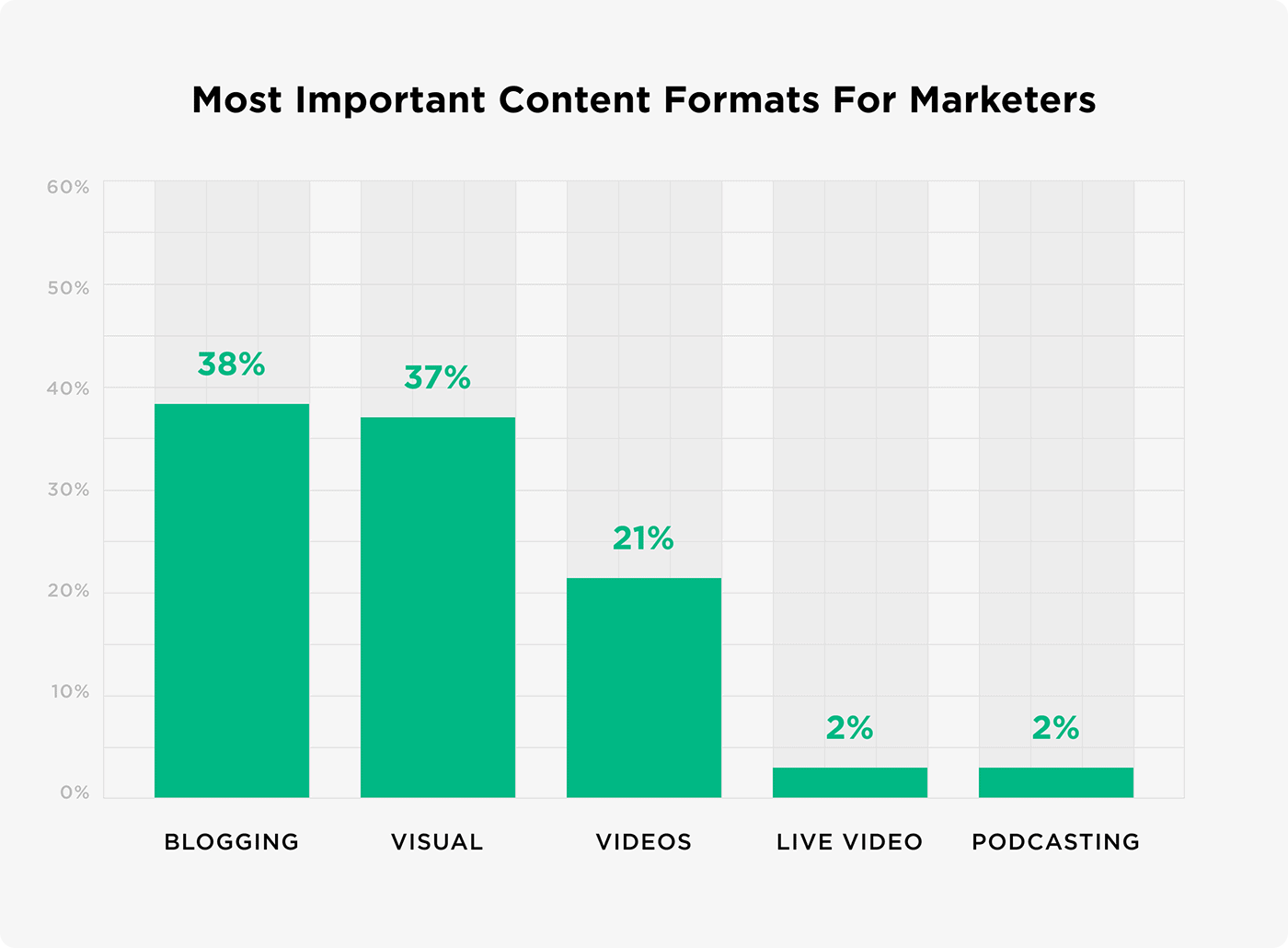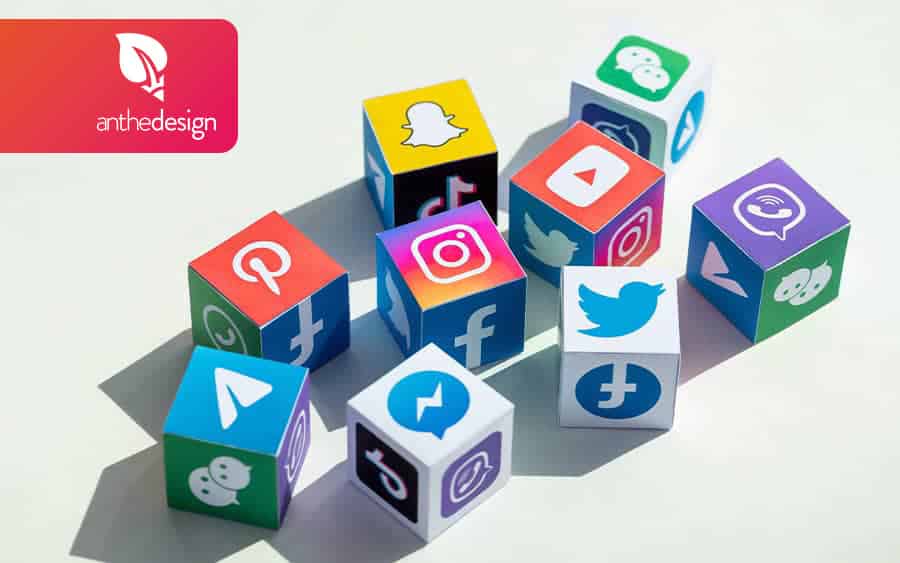
Content marketing is the art of creating, distributing, editing, and publishing content. Content marketing can serve many purposes including increasing brand trust, engagement, conversions, and brand credibility. Combining content and SEO can increase search engine optimization (SEO), attract new prospects, and keep existing customers. If used correctly, content marketing can improve business profits and improve brand reputation. These are just a few ways you can make use of content marketing to your advantage. Once you've begun, you'll be pleasantly surprised by the results!
Content marketing is the process for creating, sharing and publishing content.
Content marketing refers to the creation, sharing and planning of content for marketing purposes. Businesses can build trust and reputation by providing useful and informative content. Content marketing can help increase conversion rates, and generate leads, by providing valuable information. It has been around since the beginning of time. While the methods used to generate great content may change over time the formula remains the same.
It serves your audience
Content marketing is a great way to increase traffic to your website. It provides value to your audience and builds an audience. Content marketing builds a loyal following by converting strangers to customers and fans. Content marketing also allows you to monitor your success by measuring performance metrics, such as page views, social media engagement, time spent on your site, and sales. Let's discuss how content marketing can grow your traffic and your business.
It enhances engagement
Content marketing is one of the best ways to create a highly engaged audience. It is a great way to engage your audience and has been recommended by more than 72%. Content Marketing Institute claims that content marketing leads to more engagement. It's been shown to increase website traffic, lead generation, and foster interpersonal relationships. It can be challenging to assess the ROI of your content-marketing campaigns. Below are some suggestions to help you make a content-marketing plan that works.
It generates lead
You can drive traffic to your website with the right content and encourage your leads to become customers. If done right, content can drive inbound traffic, increase brand awareness, stimulate purchase interest, and generate inbound hyperlinks. You can generate leads by addressing the needs of your audience and eventually achieving a return on investment. Here are some content marketing ideas to generate more lead.
It builds trust between you and your audience

Using authentic language is essential to build trust with your audience. Some people can be sarcastic, but others will listen more to you. Content that is relevant, helpful, and consistent will earn your audience's trust and loyalty. Rather than blustering, stay real and answer their questions. If your content is helpful to your audience, they will be more inclined to share it with others and recommend it.
It isn't just writing articles
Content marketing doesn't just involve writing articles. It also includes visual elements that enhance written content. Images, for example, make content easier to read and break up large chunks of text. Visuals are used often by writers to illustrate points and accompany examples. Then, they can track how their content is performing. You can increase the readership, sales, as well as conversions of your content by continuously improving it. Video is an option.
It doesn't rely on social media promotion
Social media is now an integral part of any content marketing strategy. Although social media can be a great way of communicating with potential customers it cannot replace content. Content marketing involves creating valuable content online that can be shared and driving traffic. Your content should be interesting for your audience and should include your products and services. If your content is valuable, your audience will engage with it and become a prospect or client.
FAQ
Is Content Marketing right to me?
Absolutely! Any type of business can benefit from content marketing. Content marketing works for all types of businesses, regardless of whether you offer products or support, or offer training. Customers can learn more about your company by creating content and staying connected.
How can I improve my content-marketing strategy?
Your content marketing strategy can be improved by focusing on audience. Content, distribution, and other factors. First, you need to understand your ideal customer and where they hang out online. Once you know this information, you can tailor your content to appeal to them. A second thing you need to do is develop a unique voice that stands out from your competitors. The third step is to determine how to best distribute your content.
Do I need an agent to do Content Marketing
No! There are many online tools to help you create high-quality content. A premium price is also a common charge for agencies.
Why do you need a content marketing strategy?
Content marketing is more than just creating quality content. It is about building relationships and engaging with people on a personal level. This requires a deep understanding of how people act online.
This is exactly what Content Marketing Strategy is all about. Content Marketing Strategy is a great way to understand customers' psychology and engage them in the best possible ways.
It will also help you increase your conversion rates, which can lead to higher profits.
But why would you want to invest in a Content Marketing Strategy when plenty of other options are available?
Content Marketing Strategy is more efficient than any other type marketing.
A well-executed, content-marketing strategy will make it easy to grow brand awareness and to sell products.
How much should I invest in content marketing?
The number of leads that you are looking to generate will determine how much. The average cost per lead ranges from $5-$10, depending on the industry. In our case, the average cost per lead was $20 when we first started our company. Now we spend $6-7 per leads.
Statistics
- Content marketing produces 3X more leads per dollar spent. Content marketing costs 62% less than traditional marketing. (criteo.com)
- According to the Content Marketing Institute, 70% of B2B marketers and 86% of B2C marketers surveyed use content marketing in some form or other. (criteo.com)
- In fact, would pay more for a better customer experience, and 86% of B2B buyers would pay more. (neilpatel.com)
- Seventy-two percent business to business (B2B) (mailchimp.com)
- According to our research, 65% of companies with very successful content marketing in 2021 ran content audits at least twice a year. (semrush.com)
- To further show the importance of this, 89% of people have stopped doing business with a company because of a poor experience. (neilpatel.com)
- We found that 40% of businesses don't have a documented strategy yet. (semrush.com)
- Companies that use content marketing see approximately 30% higher growth rates than businesses not using it. (mailchimp.com)
External Links
How To
Infographic Creation Tips for Content Marketing
Infographics are an effective way to explain complicated concepts clearly and make information understandable. Infographics can be used to communicate your message.
To create an infographic using design software such Adobe Illustrator, Photoshop or other similar programs, you will need Adobe Illustrator. These programs can be used to create different shapes and elements that represent your data. Then, you can add colors and fonts to make it look great. Once you have your design ready, upload images from Unsplash or Pixabay to add to it.
Check out existing infographics online to get some ideas. You could use a photo of a food pyramid to show the calories in particular foods. Then, replace those numbers with photos of the foods. You might also want to calculate how many calories are in soda pop. This can be done by taking a picture with a bottle of Coke.
After you have created your infographic, it can be shared through social media channels such as Facebook and Twitter. This will make it easier for people who don't know the concept to get familiar with it. You can include hashtags in your infographic if you want to share it on social media. Users can follow along with specific conversations using hashtags.
You can make infographics shorter if your posts are short. An average blog post can be anywhere from 2000 to 5000 words long, while an infographic only requires 500 to 1000 words. That means you can get more information across in less space.
Make sure you consider that your infographic will be difficult to read by some viewers. It is important to use large fonts and avoid relying too heavily on colors when designing your infographic. Make sure all text is legible.
Here are some other tips.
-
Use an infographic template. Many templates are available in both printable and online formats. Canva (Piktochart) and Google Slides (Google Slides) are some of the most requested templates.
-
Create your Infographic. Use the template below to create your infographic. You can use any media that suits your audience. In this example, photos of Seattle restaurants might be used to create an infographic about Seattle's best restaurants.
-
Add Text. Once you've created your infographic, add text using Microsoft Word, PowerPoint, or Canva.
-
Add Images. Add images to your infographic. These can be pictures, charts, graphs, or icons. You should make sure that the picture you upload is related to your topic.
-
Make It Interactive. You can add interactive elements such as buttons, maps, and links. This will increase engagement with your audience.
-
Share. Share the infographic once you're done.
-
Measure. Your infographic's performance. Did people click on your website? Did they sign-up for your email address? Was your infographic received well by them?
-
Improve. Is there a way to improve your infographic? What could you do better next year?
-
Repeat. Do it again.